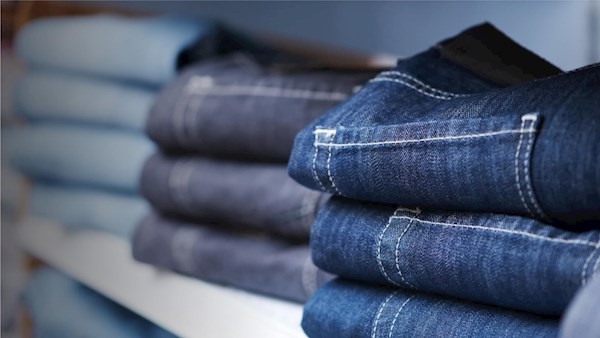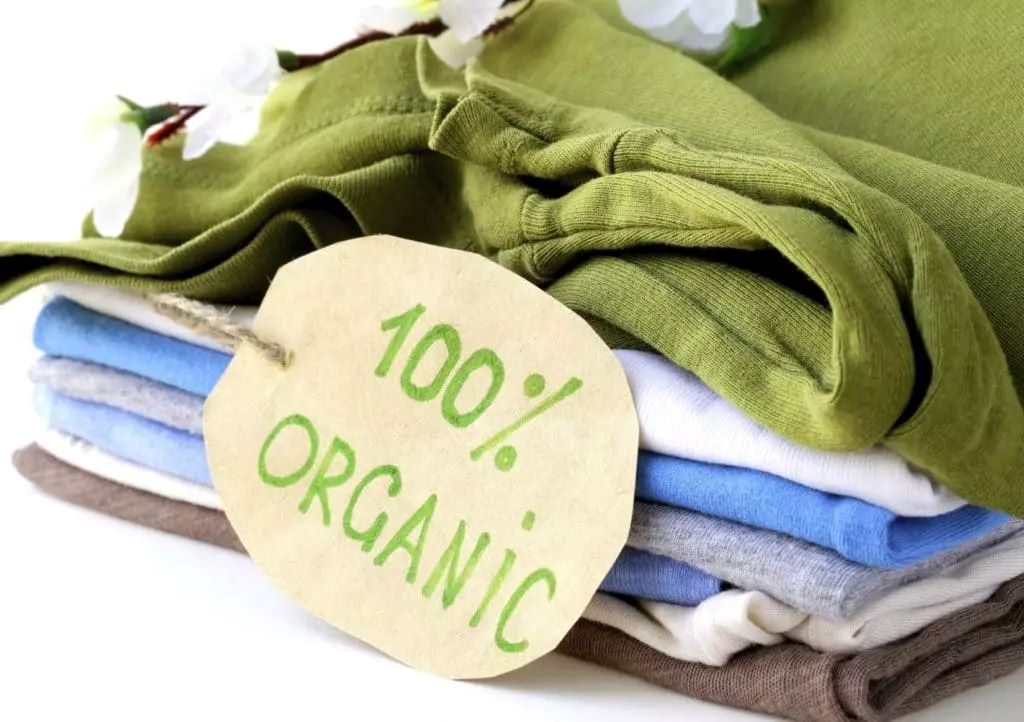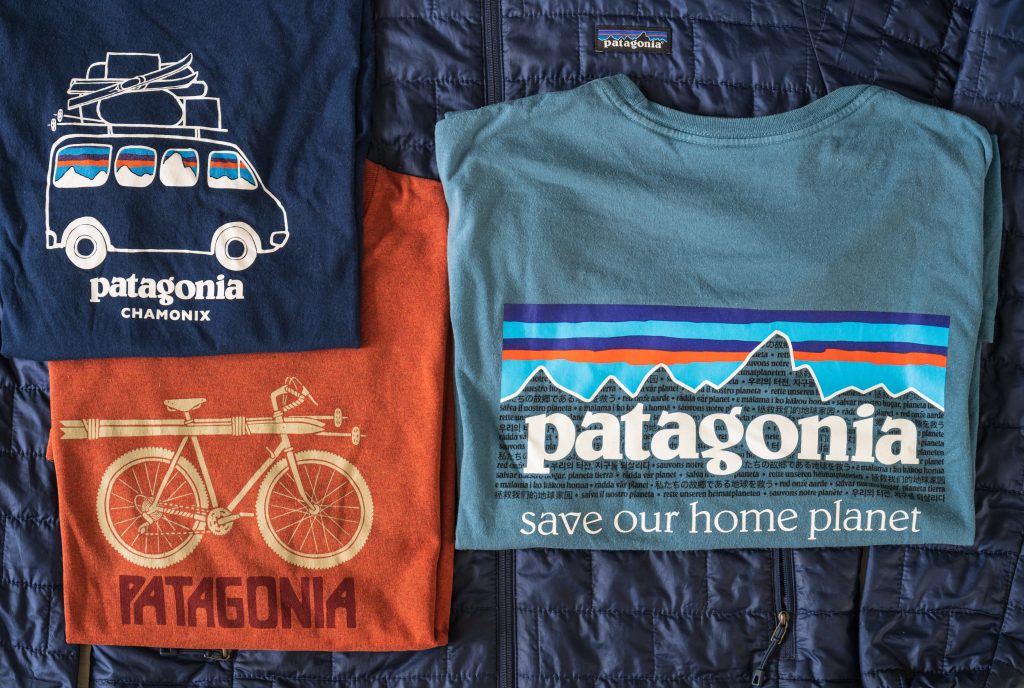
The ‘Made in the USA’ initiative for apparel manufacturing has become a prominent thread in the American consumer landscape. It has gained traction due to several reasons.
One primary objective is to revitalize the American textile and apparel industry, which has seen a significant decline in employment since the North American Free Trade Agreement (NAFTA) in 1994. According to the Bureau of Labor Statistics [BLS], apparel manufacturing jobs in the US dropped from nearly 900,000 in 1990 to around 172,000 in 2022. Also, consumers increasingly value quality and ethical production. ‘Made-in-the-USA’ often signifies higher quality standards and fairer labor practices, fostering trust. A 2020 survey by Cotton Incorporated found 73 per cent of American consumers consider the origin of clothing important, with a willingness to pay more for domestic products. The ‘Made in the USA’ initiative aims to revitalize the American apparel industry, create jobs, and offer ethically produced, high-quality clothing.
Impact on apparel sourcing policy
The initiative hasn't resulted in a complete overhaul of import policies. The US still relies heavily on imports, with data from the National Retail Federation showing apparel imports valued at over $100 billion in 2023. However, there's been a rise in nearshoring, with production shifting to countries like Mexico and Central America. In fact, some brands are cautiously exploring domestic production. Companies like Everlane and American Giant have found success with US manufacturing, often focusing on high-quality, ethically sourced garments. The de minimis provision loophole allows cheap imports to bypass custom duties, giving foreign companies an edge. Perhaps, that is why industry leaders advocate for changes to the de minimis threshold or broader trade barriers to level the playing field.
Then there is the issue of tariffs on certain imported goods imposed under the Trump administration aimed at incentivizing domestic manufacturing. However, these measures also raised concerns about increased consumer costs.
According to the American Apparel & Footwear Association, domestic apparel manufacturing jobs grew by 5 per cent between 2017 and 2022. However, these numbers remain a small fraction of the industry's peak employment levels. The movement has led to a more complex supply chain. Domestic production often involves smaller-scale manufacturers, impacting efficiency and lead times.
Highercosts a possible deterrent
American-made apparel generally comes at a higher price point due to higher labor costs. A 2023 study by Cornell University found that on average, US-made clothing costs 17 per cent more than its imported counterparts. Many brands have struggled with the higher costs associated with US production, highlighting the economic realities of the movement.
Of course, the initiative has had a consumer impact as emotionally, the initiative resonates with consumers seeking ethical and sustainable options. Commercially, the higher costs can be a deterrent. A 2022 McKinsey & Company report suggests that price remains a dominant factor for most American apparel consumers.
Indeed, the ‘Made in the USA’ movement is likely to continue, but with adjustments. Technological advancements like automation could reduce labor costs and make domestic production more competitive. Additionally, consumer preferences for ethical and sustainable clothing could drive further growth. It's unlikely to replace imports entirely, but it offers a valuable alternative for consumers seeking ethically-produced, high-quality clothing. The future success of the movement hinges on balancing consumer preferences, production efficiency, and a commitment to ethical practices.












